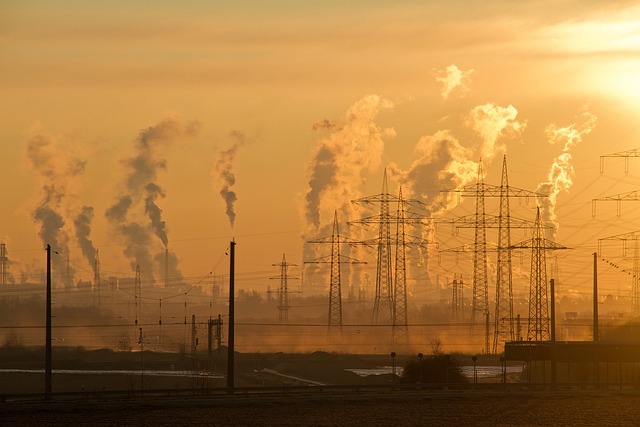Understanding the Impact of Water Pollution on Coastal Regions
The serene beauty of coastal regions often masks a growing environmental crisis — the pervasive issue of water pollution. For those who cherish the tranquil rhythm of waves and the vibrant life teeming beneath the surface, the degradation caused by pollutants is more than just an ecological problem; it’s a deep emotional wound to places many call home.
In the context of Tengerszint, or sea level environments, the delicate balance between human activity and natural ecosystems becomes glaringly evident. Coastal zones are uniquely vulnerable since they act as the frontline between land-based contaminants and the vast ocean. Every drop of polluted water from rivers, industrial runoff, or untreated sewage eventually converges here, threatening marine habitats and the communities that depend on them.
Water pollution in these regions transforms crystal-clear waters into murky reflections of human carelessness. Toxic substances, plastics, and excessive nutrients foster conditions like algal blooms, which suffocate marine life and disrupt the entire food chain. The emotional bond between people and their coastal surroundings makes witnessing these changes especially heartbreaking.
Beyond the environmental toll, the socioeconomic impact is profound. Fishermen watch in despair as once-abundant fish stocks dwindle, while tourists shy away from contaminated beaches, affecting local livelihoods and culture. Water pollution thus not only jeopardizes natural beauty but also erodes the identity and sustainability of coastal communities.
Addressing water pollution requires more than policies and technologies; it calls for a reconnection to the essence of the Tengerszint experience. When we value the sea not just as a resource but as a living, breathing entity integral to our heritage and well-being, the motivation to protect it intensifies.
Empowering local communities to engage in conservation, promoting responsible waste management, and fostering international cooperation are vital steps toward healing these fragile environments. Only by embracing the emotional and ecological significance of our coastal waters can we hope to safeguard their future for generations to come.




